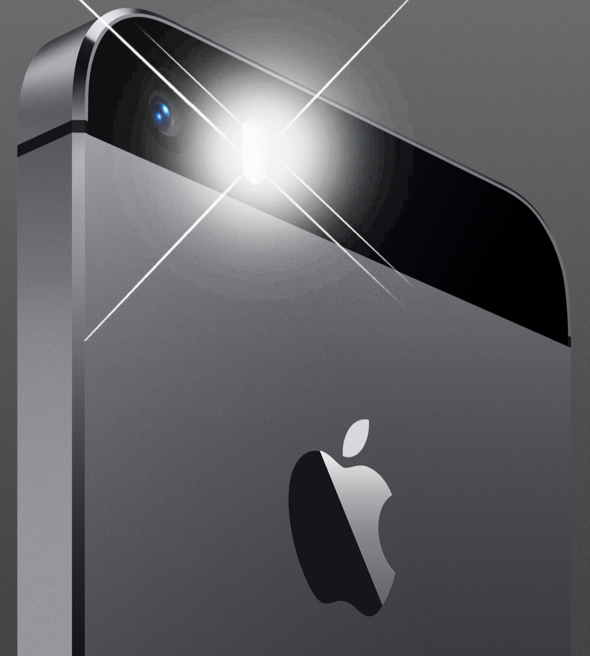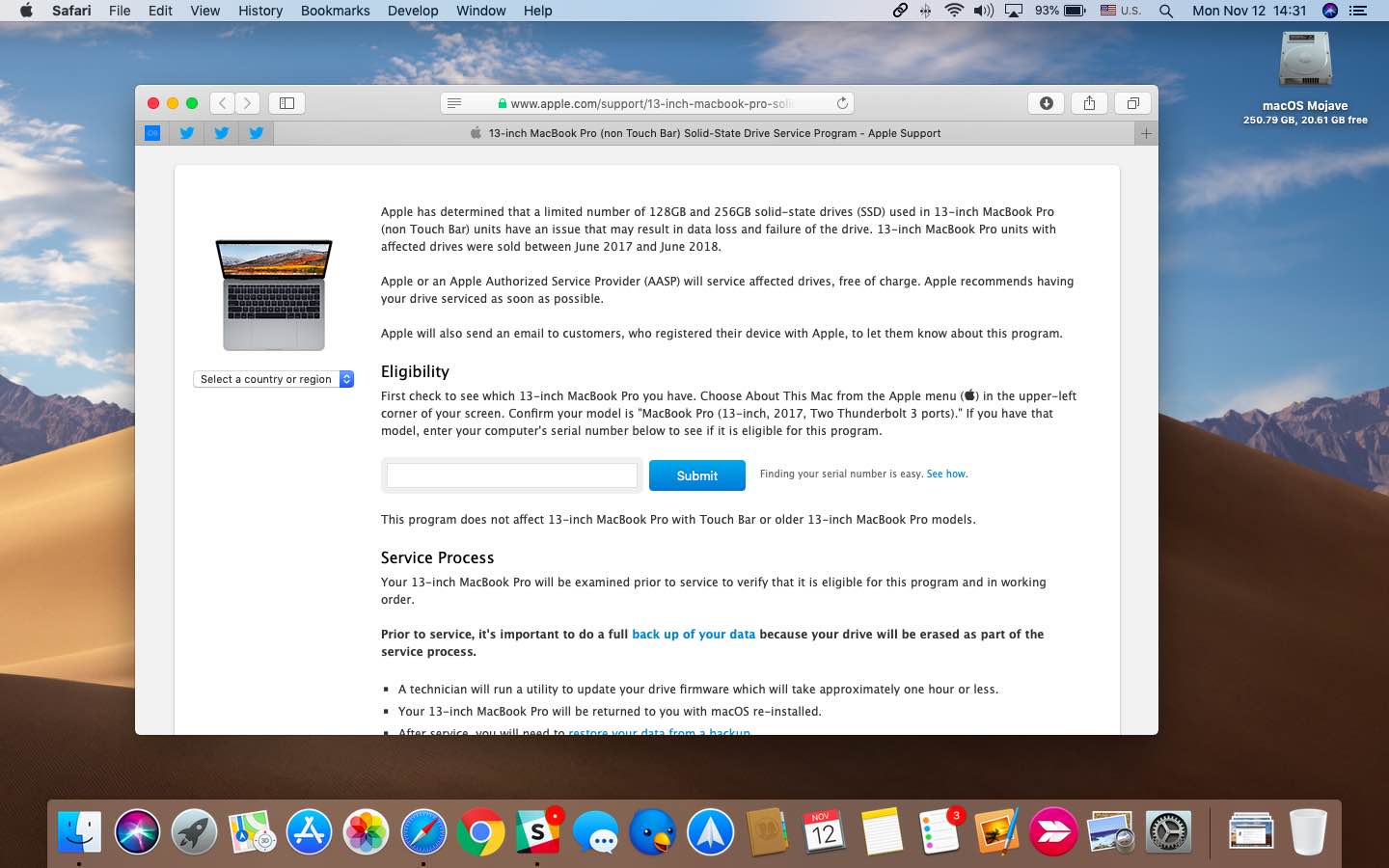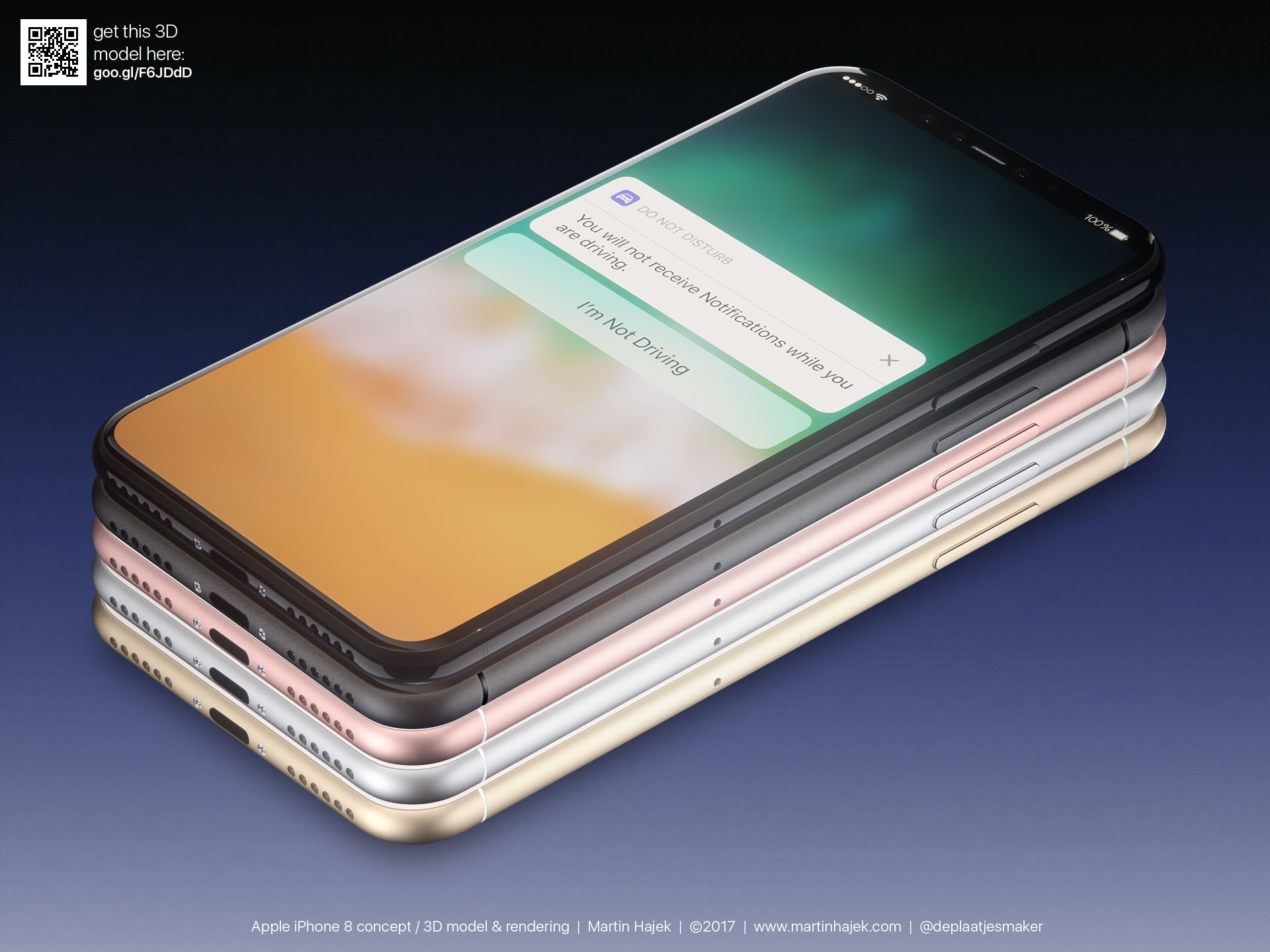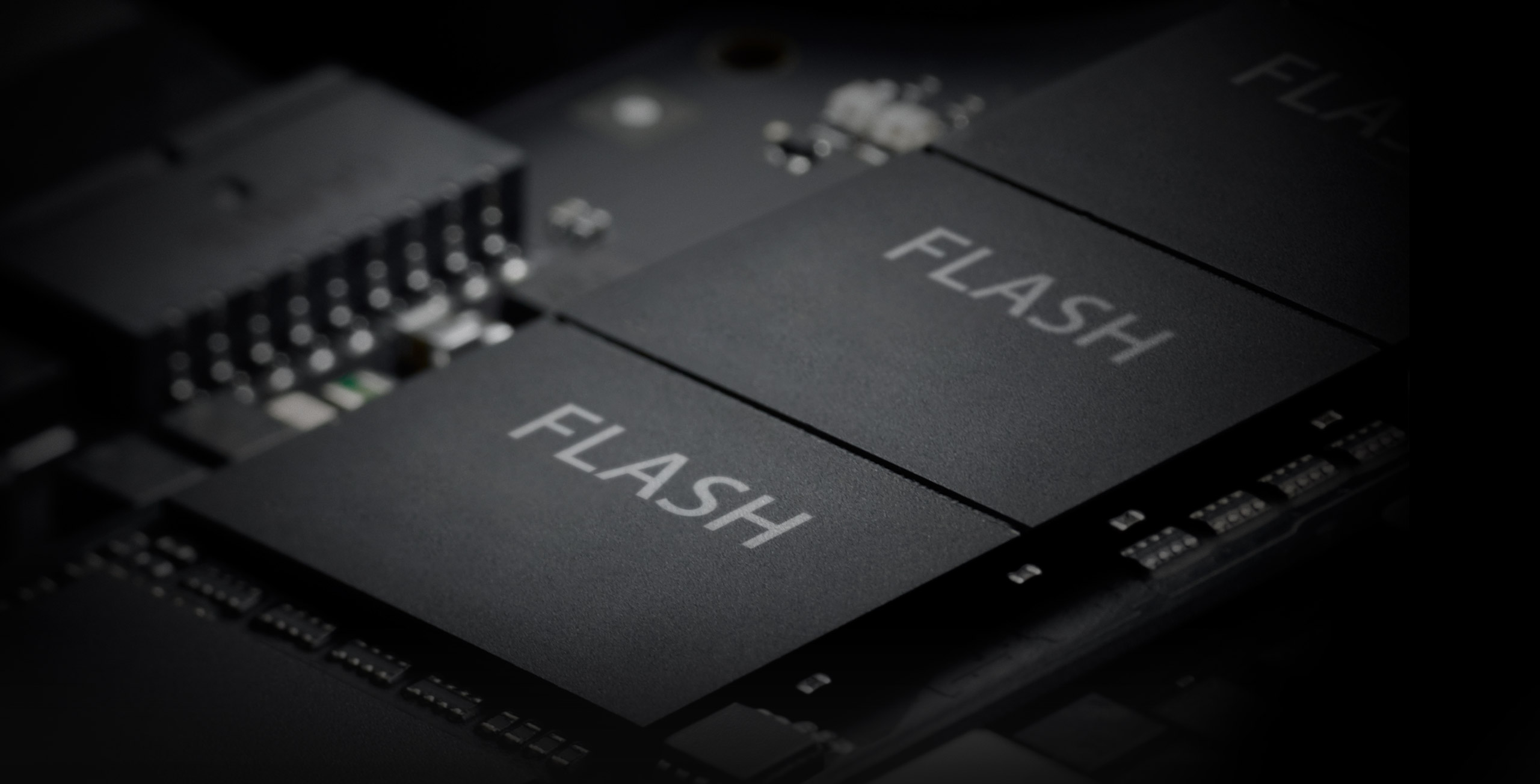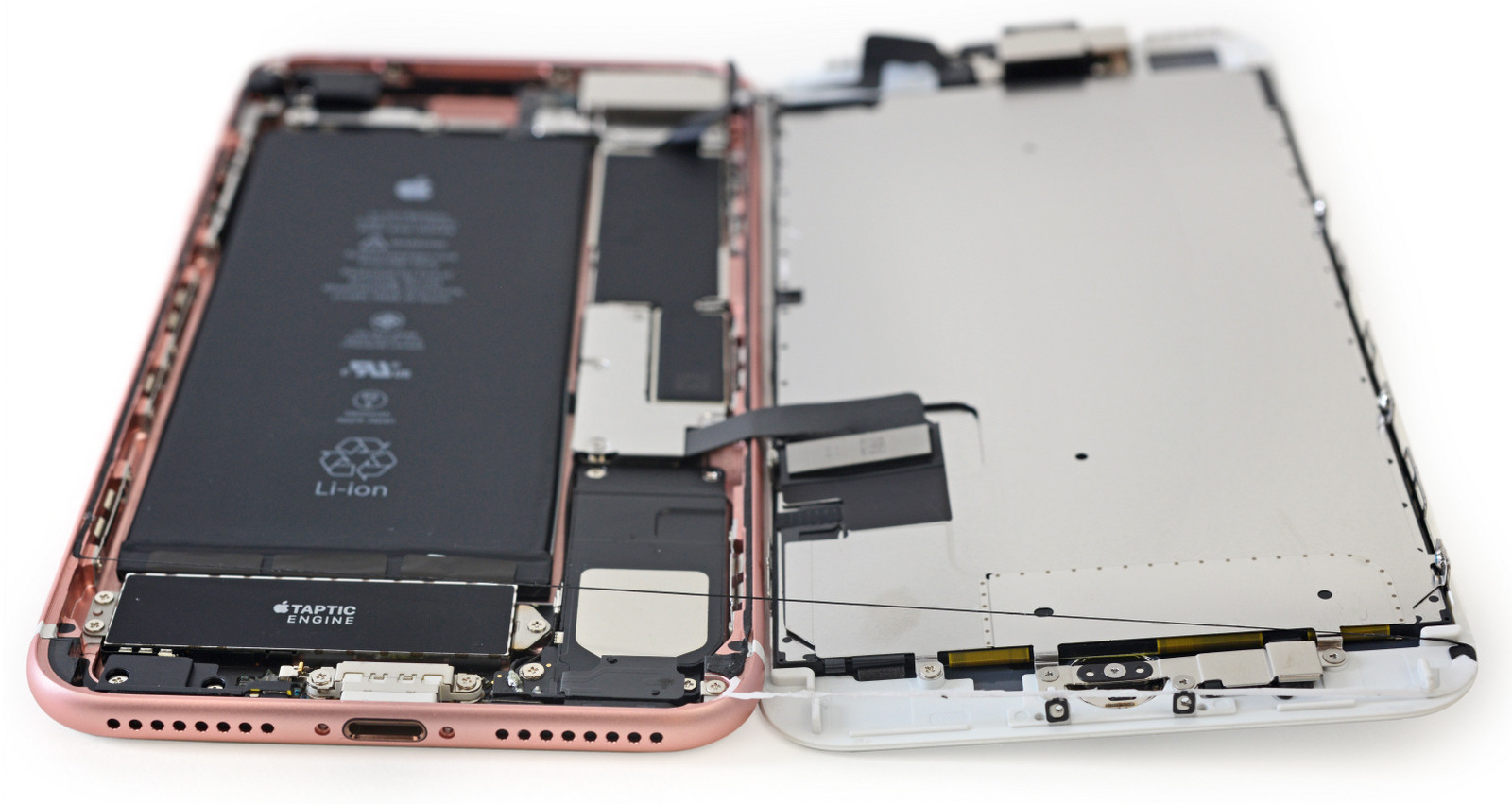Flash's demise continues unabated with yesterday's news that its maker Adobe will be winding down development and distribution of the Flash plugin and related software at the end of 2020.
Acknowledging that most browser vendors today are integrating capabilities once provided by the resource-hungry Flash and Shockwave plugins directly into their browsers and deprecating plugins, Adobe's confirmed it's now planning to end-of-life Flash.
“Specifically, we will stop updating and distributing Flash Player at the end of 2020 and encourage content creators to migrate any existing Flash content to the open formats” such as HTML5, WebGL and WebAssembly, reads Adobe's statement.
The company will continue issuing regular security patches through the end of 2020 to maintain compatibility while adding features and capabilities “as needed”.
So, how does this affect you?
Folks who regularly visit websites that have migrated from Flash to open web standards shouldn’t notice much difference. If a website continues to use Adobe's plugin, and you give it explicit permission to run Flash, it will continue working through the end of 2020.
Apple wrote on its WebKit blog that for its users the transition from Flash began in 2010 when Flash was no longer pre-installed on Macs. “Apple is working with Adobe, industry partners and developers to complete this transition,” wrote the iPhone maker.
Flash Player poses a major security risk due to a bunch of vulnerabilities that expose your Mac to malware and other attacks. Thankfully, you can safely remove Flash Player from your computer because most websites do not use it anymore.
TUTORIAL: How to remove Adobe Flash from your Mac
Apple reminded developers that Safari's WebKit rendering engine features a number of modern technologies for interactive experiences that don't require a plugin, like:
HTML Video and Media Source Extensions support a wide range of video experiences, including short clips, longer content and live streaming.
HTML Canvas and WebGL provide fast, dynamic graphics for games and interactive experiences.
CSS Transitions and Animations add polished animations to web interfaces.
WebRTC enables real-time peer-to-peer video.
WebAssembly allows games and other compute-intensive applications to run faster.
Facebook said it's working with its partners to come up with a migration path for developers that use Flash to power their games on Facebook.
Google said that three years ago, 80 percent of desktop Chrome users visited a site with Flash each day. Today, usage is only 17 percent and continues to decline, the search giant added.
Microsoft called it the end of an era, saying it will gradually phase out Flash support across its Edge and Internet Explorer browsers ahead of the cutoff date. The process began already for Edge with Click-to-Run for Flash in Windows 10 Creators Update.
And finally, browser maker Mozilla has updated its published roadmap for Flash in Firefox.
“Starting next month, users will choose which websites are able to run the Flash plugin,” it said. Flash will be disabled by default “for most users” of the Firefox browser in 2019.
“In order to preserve user security, once Flash is no longer supported by Adobe security patches, no version of Firefox will load the plugin,” reads Mozilla's blog post.
Flash's death couldn't have come sooner: for 20 years, Adobe's proprietary plugin has powered games, videos and apps on the web, sending our notebook's fans into overdrive and contributing greatly to the battery drain. Safari on macOS Sierra and later disables the Flash plugin by default, requiring explicit approval on each website before running Flash.
The fact that Flash was never supported by iOS, the world's most popular operating system, has certainly helped doom Adobe's software and hasten its demise, especially given the size and appealing demographics of iOS users.
Apple's late co-founder Steve Jobs famously disparaged Adobe's technology back in April 2010 via his highly controversial open letter, innocently titled “Thoughts on Flash”.
Steve's letter, still available on Apple's website, was in response to Adobe’s public criticism of Apple for omitting the technology from its iOS products. It sent the stubborn Photoshop maker through the roof, prompting it to port the Flash Player to the rival Android platform.
Six years ago, Adobe stopped developing Flash Player for Android.
I'm sure that somewhere Apple's late co-founder is grinning from ear to ear.

